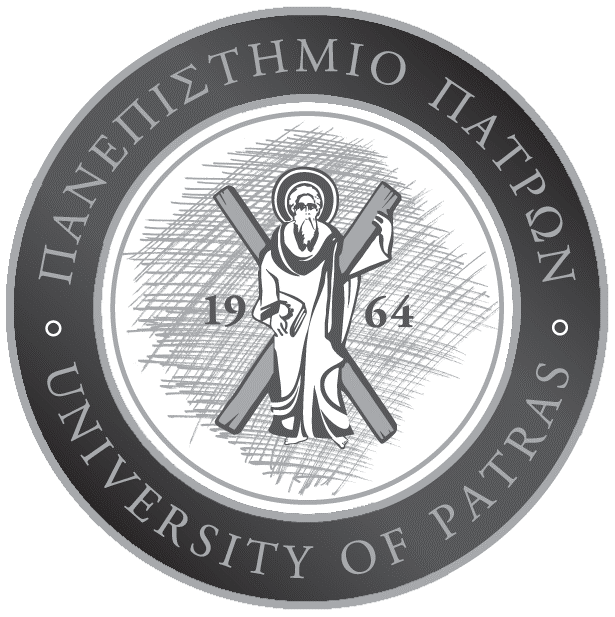Information
| Course Code | EIP207 |
| Semester | 2 |
| Category | Basic |
| ECTS Credits | 8 |
| Eclass |
Professors
Economou G.
Chrisikos T.
Proposed Bibliography
- S. Haykin: «Communication Systems»
- J. G. Proakis & M. Salehi, «Communication Systems Engineering»
- J. R. Barry, E. A. Lee, and D. G. Messerschmitt, “Digital Communication”, 3rd edition, Kluwer.
Course Description
A. Digital Communications
- Introduction to Telecommunication Systems and Stochastic Processes.
- Information Theory and Digital Transmission, Channel Bandwidth.
- Baseband transmission at AWGN channel.
- Digital Modulations and Constellations (ASK, PSK, FSK, QPSK, QAM), Geometrical representation of signals.
- Bandpass Transmission and Linear Compensators, Analytic Signals, Bandpass – Lowpass Signal Transform, Iridium Satellite Interception (ISI), Nyquist Waveforms.
- Optimum Receiver, Maximum Likelihood Detector, Error Probability.
- Spread-Spectrum Systems, Pseudo-random Noise (PN) sequences, Orthogonal Frequency-Division Multiplexing (OFDM) Systems.
B. Wireless Communications
- Electromagnetism – Foundation of digital communications. Introduction to digital communication systems. Overview of analog and digital mobile telephony.
- State-of-the-Art wireless networks, Wireless backhaul, Small cells, 5G: Smart World, Internet-of-Things (IoT) and Digital Communications.
- Arising wireless technologies and digital communication protocols. Broadband and Digital Communications: Definition and requirements of network design and physical layer. Broadband examples in digital communications
Arising digital communications: 5G-over-microwave, IoT: Industry 4.0 & Digital/Smart Health.


